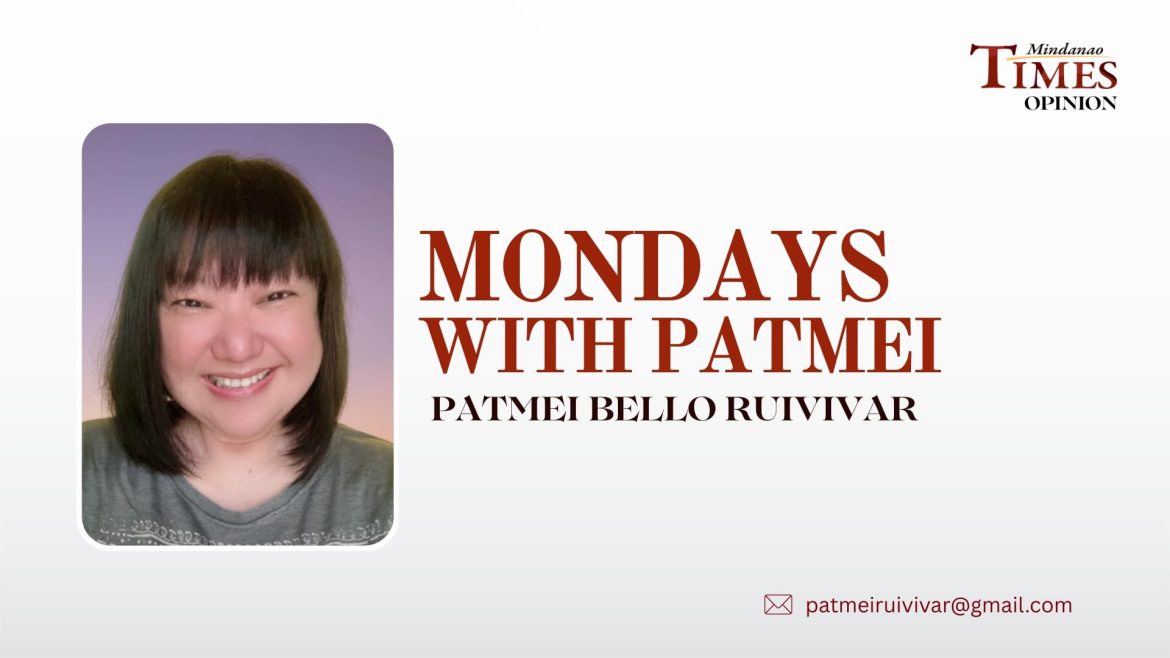I am truly grateful to have been born, raised, and continue to live in Davao City, a multicultural and cosmopolitan city that treasures active engagement with diversity. I believe being nurtured here enabled me to be empathetic, culturally aware, and socially connected.
Davao is not only multicultural, it is also cosmopolitan. They are interrelated concepts, but not the same. Multicultural refers to multiple cultures coexisting in one place. Cosmopolitan is more about an attitude of openness and engagement with diversity.
A place can be multicultural without being cosmopolitan if groups do not interact with each other. Conversely, a less diverse area might have cosmopolitan individuals living there. The synergy happens when both are present — diversity plus active engagement.
Diverse groups merely coexisting do not necessarily imply deep interaction, integration, or shared values between the different groups. They may maintain strong separate identities and live relatively parallel lives.
Being cosmopolitan is being open, engaged, and comfortable with diversity, cultural differences, and the wider world. A cosmopolitan person feels at ease anywhere, values diverse experiences, and seeks connection across cultural boundaries.
What I love about living in Davao is our openness and hybridity. We actively engage with difference, appreciate multiple perspectives, and creatively blend or transcend singular cultural identities. We embrace fluidity and connection, which makes us truly global citizens.
A typical Davaoeño speaks multiple languages, enjoys diverse cuisines as a regular part of life, has friends from many backgrounds, follows international news, and feels a sense of belonging to both the local community and the wider world.
Our Kadayawan Festival is when Davao’s multicultural and cosmopolitan life is showcased for the world to see.
Davao City’s multicultural environment provides the raw material (diversity of people, traditions, and perspectives) that makes cosmopolitan attitudes and experiences possible. After all, you cannot have a cosmopolitan engagement without the presence of diversity.
We are not just coexisting with the different cultural groups living in our city, we are actively choosing to embrace, interact with, and learn from the diversity that multiculturalism represents.
This is where our city’s dynamism comes from. By actively mixing and exchanging, we are creating new hybrid cultural expressions. Our cosmopolitan attitudes encourage the use of shared public spaces, institutions, and businesses by diverse groups.
This, in turn, creates a vibrant, inclusive society where diversity is not just tolerated but actively valued as a source of richness, innovation, and connection.
That is why it is important that Kadayawan must remain rooted in the community. It must always remain a festival for and by our diverse peoples. It is a powerful engine for social cohesion, weaving together diverse individuals into a stronger, more connected community.
Kadayawan is a safe and shared space for people from different backgrounds, ages, ethnicities, and socioeconomic groups to mingle and create positive emotional bonds and common memories.
Casual conversations over food stalls while watching performances break down social silos and reduce prejudice. They encourage interaction between people who might not otherwise cross paths in daily life.
Kadayawan showcases our rich indigenous culture, where the new generation and our city’s visitors learn about traditions, food, music, and customs different from their own. It also serves as “classrooms without walls” for children to learn about their city and its different cultures. This exposure fosters appreciation, reduces stereotypes, and builds empathy.
Kadayawan celebrates the unique character, history, and assets of Davao City. By participating in and attending the festival, residents reinforce their connection to their community and shared identity, making it truly “our festival.” This fosters local pride and a sense of stewardship for the community’s well-being.
Kadayawan strives to always be inclusive, intentionally designing a festival of diverse performances and activities, ensuring multiple groups feel represented and welcome.
Part of being truly inclusive is encouraging collaboration and volunteerism of as many people as possible. Organizing a festival requires teamwork from diverse community groups. When volunteers work side by side towards a common goal, this builds relationships and trust across organizational and social lines. This collaborative effort strengthens community networks and capacity for future collective action.
Aside from being inclusive, Kadayawan is also accessible to all. It remains free or low-cost for everyone to participate as a volunteer, participant, performer, organizer, or attendee. Efforts to make the festival friendly to persons with disabilities, seniors, and children are always being improved each year.
Kadayawan also prioritizes local artists, performers, food vendors, and businesses to showcase community talent and resources. Supporting local enterprises fosters economic interdependence and reinforces the idea that community members rely on and support each other.
Our Kadayawan is not perfect, and it continues to be a work in progress. But having witnessed it evolve through the years as a spectator, participant, and later as an organizer, I am proud to note that, despite some hits and misses in the past few years, it is now going back to its roots.
Once we realize that Kadayawan serves a much deeper purpose than just an event that will attract tourists, we will never lose our way.

